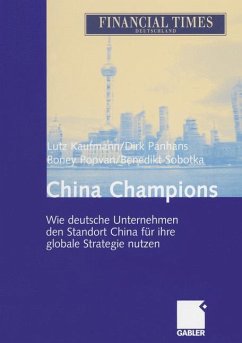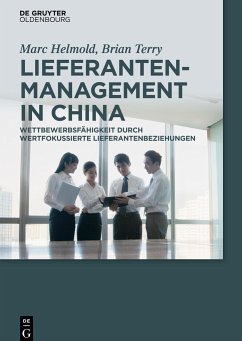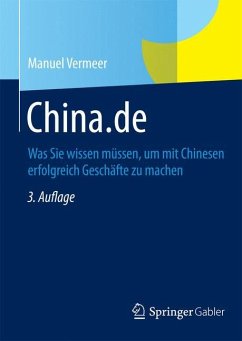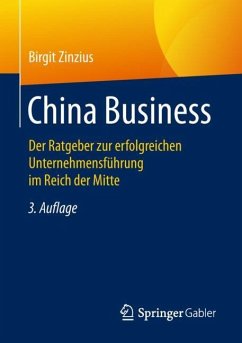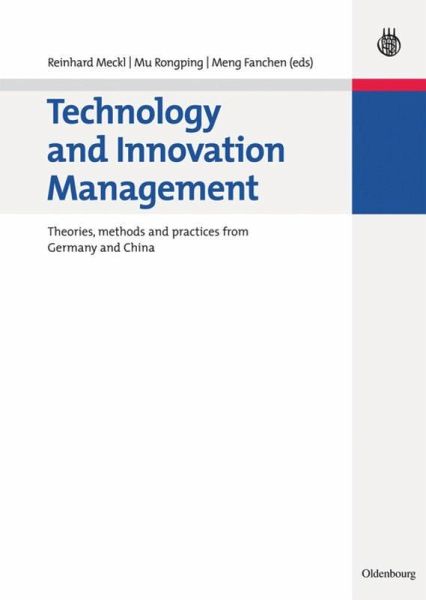
Technology and Innovation Management
Theories, methods and practices from Germany and China
Herausgegeben: Meckl, Reinhard; Rongping, Mu; Fanchen, Meng
Versandkostenfrei!
Versandfertig in 1-2 Wochen
94,95 €
inkl. MwSt.

PAYBACK Punkte
0 °P sammeln!
Die Inhalte und Methoden, die chinesische Forscher im Feld der Wirtschaftswissenschaften bearbeiten und verwenden, sind trotz des intensivierten wissenschaftlichen Austauschs noch immer weitgehend unbekannt in Deutschland. Der Herausgeberband "Technology and Innovation Management: Theories, Methods and Practices from Germany and China" gibt einen aktuellen Einblick in die Themengebiete, mit denen sich chinesische Wissenschaftler im Bereich der Technologieforschung in China und Deutschland beschäftigen und stellen diesen die aktuellen Forschungsgegenstände namhafter Vertreter der Forschung in...
Die Inhalte und Methoden, die chinesische Forscher im Feld der Wirtschaftswissenschaften bearbeiten und verwenden, sind trotz des intensivierten wissenschaftlichen Austauschs noch immer weitgehend unbekannt in Deutschland. Der Herausgeberband "Technology and Innovation Management: Theories, Methods and Practices from Germany and China" gibt einen aktuellen Einblick in die Themengebiete, mit denen sich chinesische Wissenschaftler im Bereich der Technologieforschung in China und Deutschland beschäftigen und stellen diesen die aktuellen Forschungsgegenstände namhafter Vertreter der Forschung in diesem Bereich aus Deutschland gegenüber. Es entsteht ein informatives Bild der wichtigsten Zielrichtungen und Projekte, mit denen sich die Wissenschaftler aus den beiden Ländern inhaltlich und methodisch beschäftigen. Managing innovation and technology is one of the central factors of success for German companies. In the last years, Chinese companies have strongly increased their efforts forefficiently managing their technological skills. Within this framework the book presents topic research projects of German and Chinese researchers focussing on important subjects and methods used in the scientific communities of technology management of the two countries. Thus it draws a picture of the state of the art in technology management in Germany and China.






